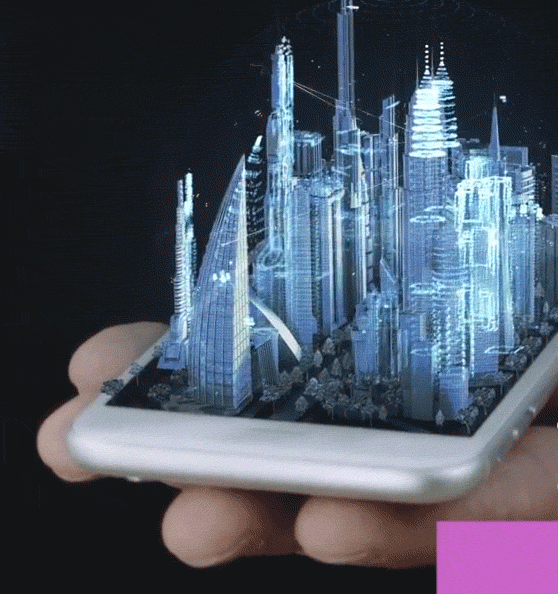
One of the top Universities in the world announced a technology that could bring holograms to the surface of your phone/watch/tablets/home TV.
It’s a game-changer.

Researchers at RMIT (Royal Melbourne Institute of Technology University) have over come the major hurdle of hologram technology: the holograms were simply too large to project from household electronics.
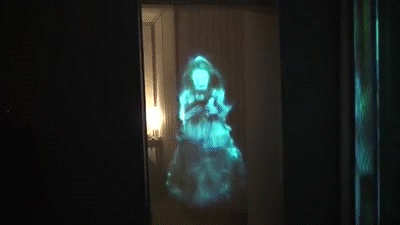
Heading the project is Professor Min Gu:
“Conventional holograms modulate the phase of light to give the illusion of three-dimensional depth. But to generate enough phase shifts, those holograms need to be at the thickness of optical wavelengths.”
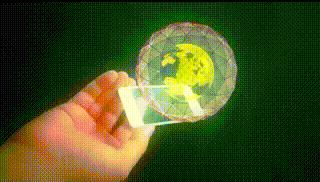
RMIT’s answer was to create the world’s thinnest hologram…and they’ve done it. They’ve got the size down to 1,000 times thinner than a human hair.
Professor Min Gu:
“Computer-generated holograms are too big for electronic devices but our ultra-thin hologram overcomes those size barriers. Our nano-hologram is also fabricated using a simple and fast direct laser writing system, which makes our design suitable for large-scale uses and mass manufacture.”
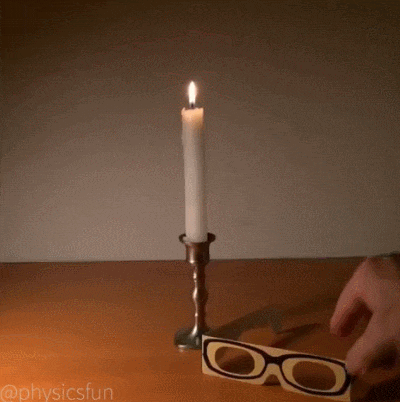
What this means is simple. A small screen such as an iPhone can generate a clear 3D pop-up hologram.
Even more important…the users will NOT need to wear glasses to see the images.
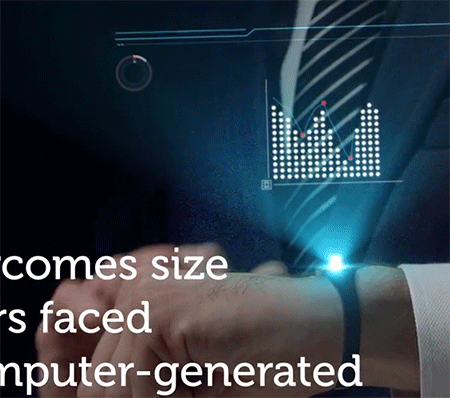
“Integrating holography into everyday electronics would make screen size irrelevant – a pop-up 3D hologram can display a wealth of data that will neatly fit on a phone or watch.”
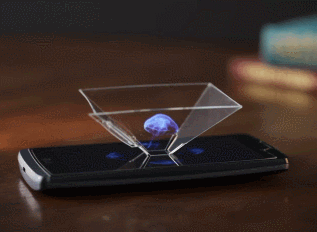
The final challenge before we can interact with holograms on a cell-phone…create a film to lay on top of the electronic’s surface.
“The next stage for this research will be developing a rigid thin film that could be laid onto an LCD screen to enable 3D holographic display. This involves shrinking our nano-hologram’s pixel size, making it at least 10 times smaller.”
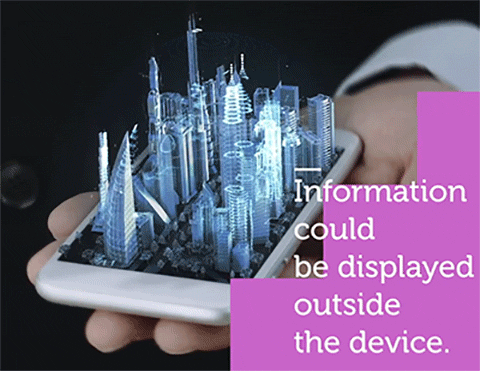
“Beyond that, we are looking to create flexible and elastic thin films that could be used on a whole range of surfaces, opening up the horizons of holographic applications.”
Learn more and source at RMIT University
Source: http://thechive.com




























